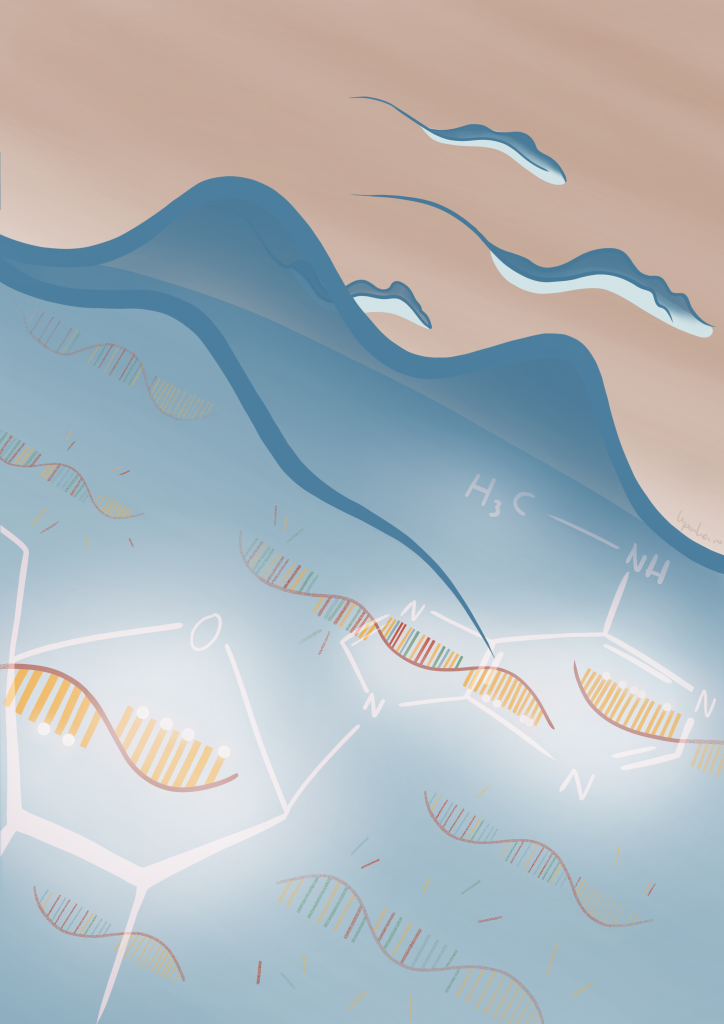Dressing up RNA molecules to last
In a work published in Nature, Idálio Viegas a PhD Student from Luísa Figueiredo Laboratory, describes a new mechanism that decorates the end tails of RNA molecules, and prevents their degradation. This phenomenon, discovered for the first time in Trypanosoma brucei, the parasite that causes sleeping sickness, could be determinant for the virulence of the parasite. This fundamental discovery opens new avenues for treatment strategies for this disease but also for other RNA-based infections/diseases.
Idálio J. Viegas, Juan Pereira de Macedo, Lúcia Serra, Mariana De Niz, Adriana Temporão, Sara Silva Pereira, Aashiq H. Mirza, Ed Bergstrom, João A. Rodrigues, Francisco Aresta-Branco, Samie R. Jaffrey, Luisa M. Figueiredo (2022). N6-methyladenosine in poly(A) tails stabilize VSG transcripts. Nature.

Credits: Helena Pinheiro, iMM

